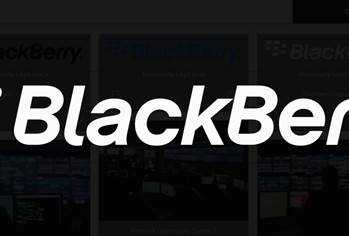manager

Review: Secure Access Manager
This product provides users with SSO and administrators with a centralized way of managing the applications and resources that a user can access. It uses a centralized Policy Server and security plug-ins on user workstations and it authenticates users at first login with a choice, or combination, of password, Radius, token, certificate, smartcard or biometric authentication methods.

Intel replaces ANZ channel sales manager

Review: Configuresoft Enterprise - Configuration Manager
Managing a network has never been easy, whether it comprises 100 or 100,000 machines. Even with a dedicated network administrator, the overheads are horrendous. Rolling out new applications, checking for non-licensed software, looking at network traffic... full-time tasks that often have no one with a full-time job to attend to them. This becomes even more worrying when you consider the security implications.

Review: EngageIP Traffic Manager
The LogiSense EngageIP Traffic Manager appliance combines the security benefits of firewall and web content filtering with other features that include web caching, routing and bandwidth management, with real-time bandwidth consumption reporting and quality-of- service (QoS) shaping.

Review: Recovery Manager
This is an enterprise recovery solution that provides centralized control for a fast backup and restore that is controlled by the administrator. Recovery Manager provides a system that also allows a full restore for any computer that has been unable to reboot. It does this by storing all registry and system files for each protected workstation, allowing a full recovery on any machine covered by Recovery Manager.

Review: Symantec Enterprise Security Manager
The basis of any policy management tool is the ability to manage its users and to recognize potential problem areas. Some do this without agents and others prefer to manage policy enforcement with agents residing on both workstations and servers. This is the case for Symantec Enterprise Security Manager, which uses the agents as its means of communication between its networked machines, enabling timely updates and compliance reports.
Symantec Enterprise Security Manager has already established itself in the policy management solutions market. This particular solution ensures that policies are intrinsically complied with throughout the organization, as well as maintaining system security through recognizing changes that could affect the security of the network.
Using control information files (CIF) the product can be managed from a central console, but in a large organization you may require more than one. Agents provide the means for the information to be collected across a distributed network to ensure updates are accomplished at regular intervals. Changes can be identified and the appropriate action taken, while logs and reports may be generated for further analysis.

Review: Active Folders Content Manager
Each enterprise will look long and hard at how they implement their corporate security policy. While many administrators look to implement an enterprise-wide solution, some may look to deliver specific policy management features for areas that their particular enterprise rates as high risk.
This means that in order to deliver policy management across all electronic communication a specific policy solution will be required that specializes in this particular function.


